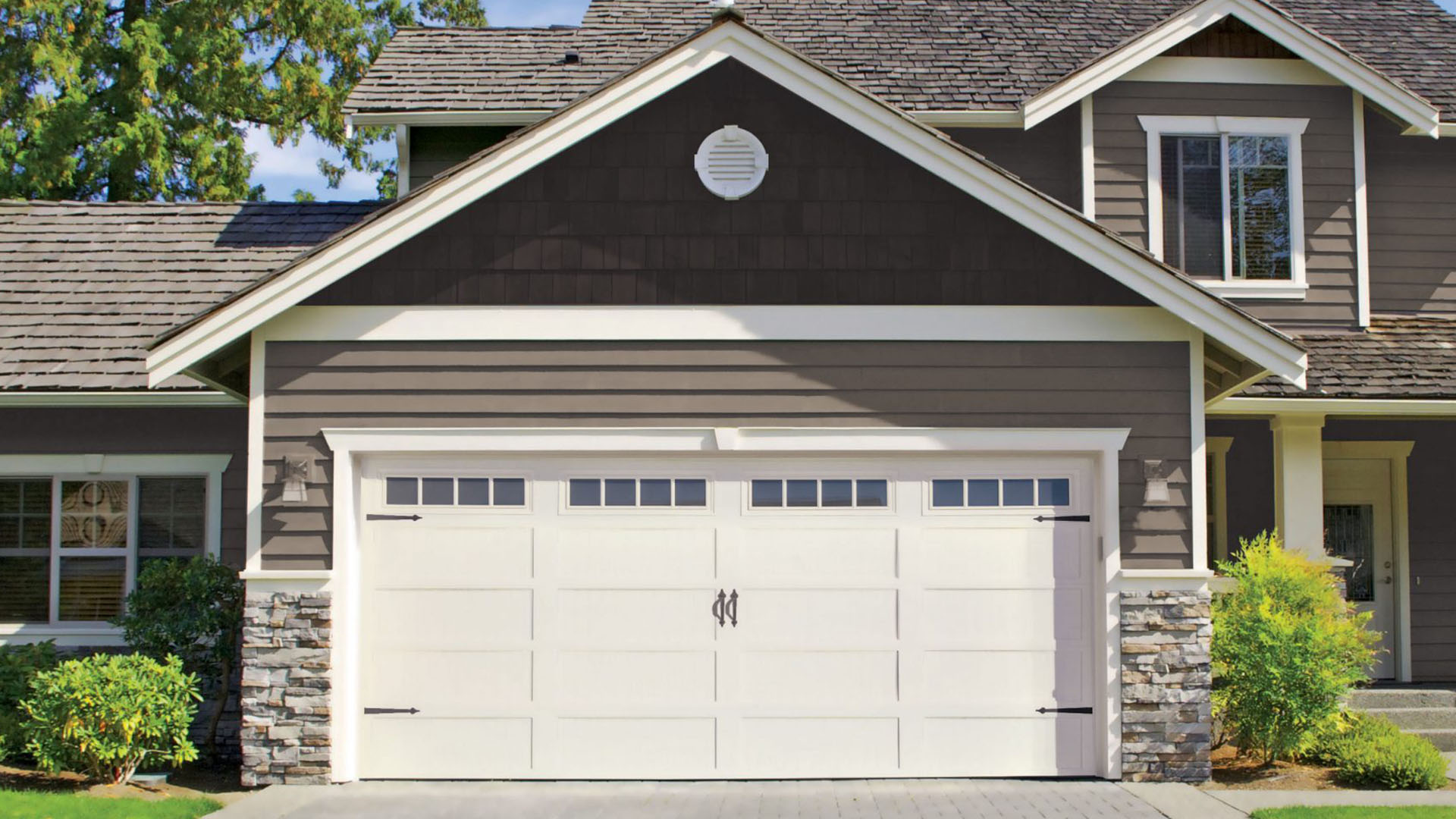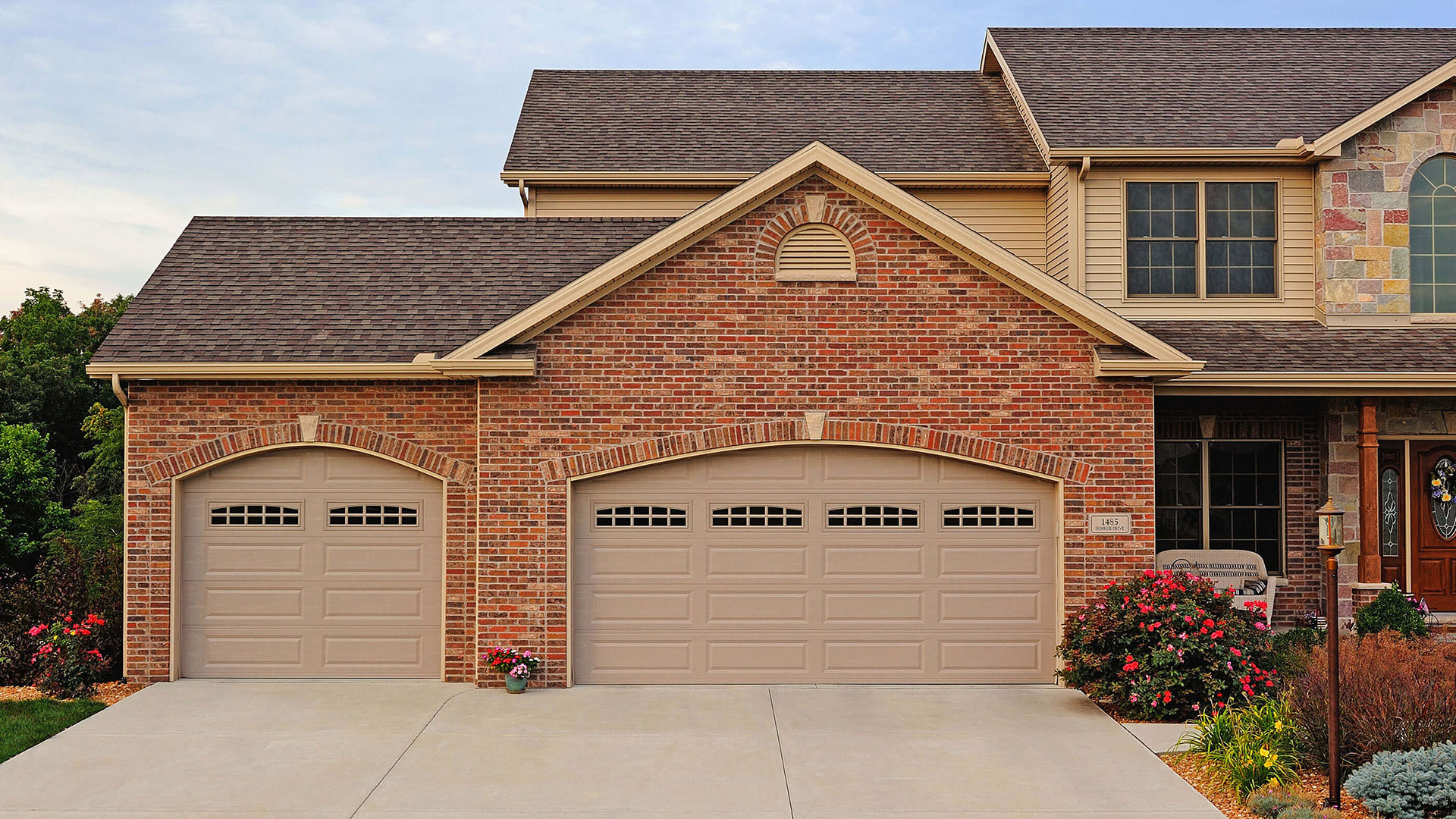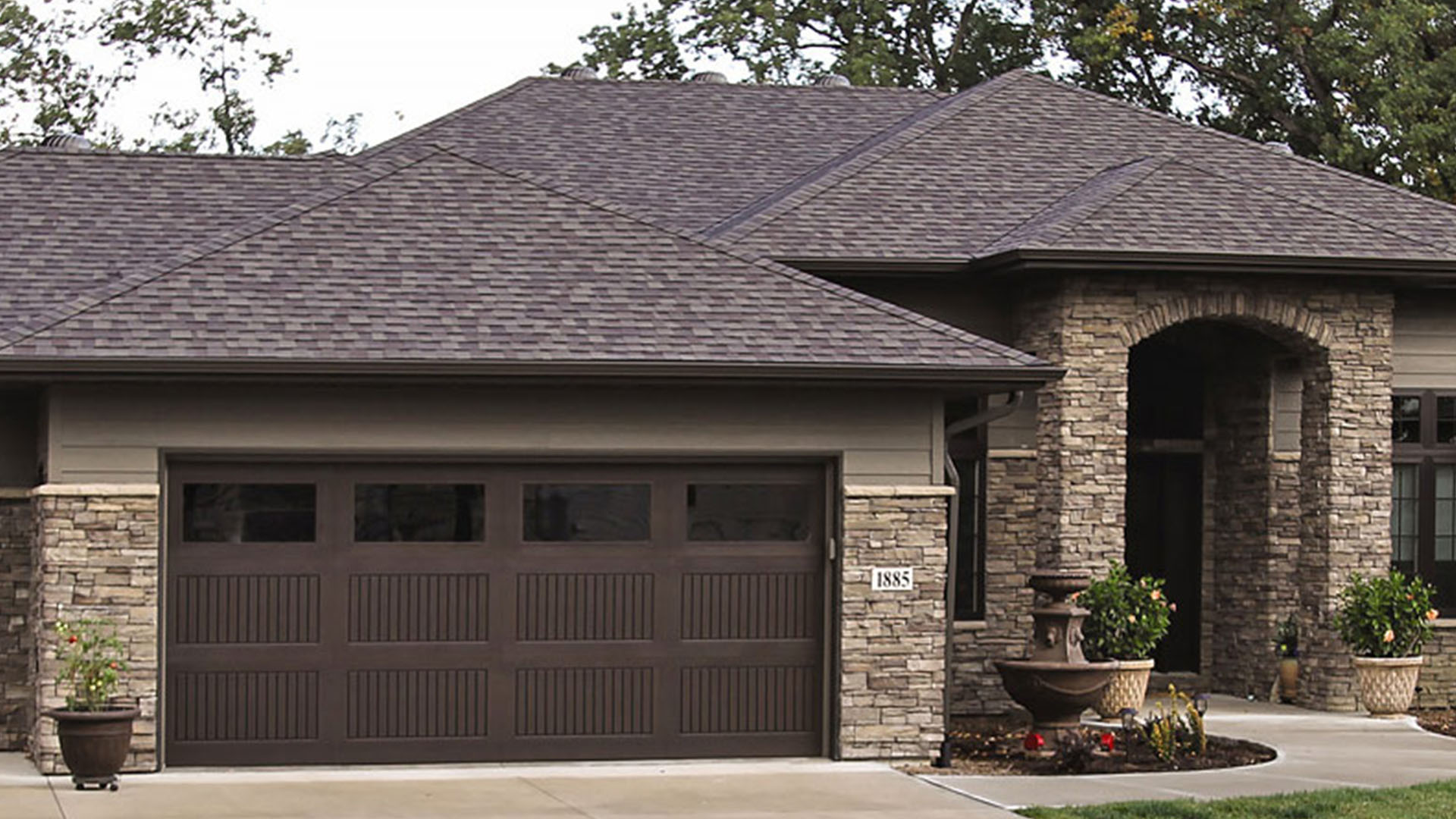
Can I Replace The Garage Door Spring Myself?
Introduction
When it comes to home maintenance, one of the most crucial yet often overlooked components is the garage door. A well-functioning garage door not only provides security for your vehicles and valuables but also enhances your home's curb appeal. However, over time, various parts of the garage door system can wear out, particularly the springs. If you're facing issues with your garage door, you may be wondering about garage door spring replacement. This article will delve into the costs, DIY tips, and buying guides related to this essential home repair.
Garage Door Spring Replacement: What You Need to Know
Understanding Garage Door Springs
Garage doors are equipped with two types of springs: torsion springs and extension springs. Torsion springs are mounted above the door and work by twisting to lift the door. Extension springs are located on either side of the door and stretch to open it.
Signs Your Garage Door Springs Need Replacing
How do you know when it's time for a garage door spring replacement? Here are some signs:
- The Door Doesn’t Open or Close Properly: If your garage door struggles to open or closes too quickly, it might be due to worn-out springs.
- Visible Damage: Look for any cracks or breaks in the springs.
- Unusual Noises: A loud banging noise when opening or closing can indicate spring issues.
Why Is Spring Replacement Important?
Ignoring a faulty spring can lead to more severe problems down the line, such as damage to the opener or even injury. Because they bear most of the load when operating, compromised springs can make your garage door extremely dangerous.
Garage Door Spring Replacement Costs: A Breakdown
Average Costs for Spring Replacement
The average cost for a professional garage door spring replacement can range from $150 to $350. Factors include:
- Type of spring
- Labor costs in your area
- Additional repairs needed
DIY vs Professional Replacement: Which Is More Cost-Effective?
If you're handy, a DIY garage door spring replacement could save you money. However, if you're unsure about handling high-tension springs safely, hiring a professional is advisable.
Cost Comparison Table
| Item | DIY Cost | Professional Cost | |---------------------------|---------------|-------------------| | Torsion Springs | $30 - $100 | $200 - $350 | | Extension Springs | $20 - $70 | $150 - $250 | | Tools Needed | $50 - $100 | N/A |
DIY Tips for Garage Door Spring Replacement
Safety First! Precautions Before You Start
Before attempting any repairs:
Tools You'll Need for DIY Replacement
Here’s a list of tools you'll require:
- Wrenches
- Screwdrivers
- Pliers
- Safety goggles
- Ladder
Step-by-Step Guide to Replace Torsion Springs
Have a peek hereRemember: Always consult a professional if you're uncertain at any step!
Buying Guide: Choosing the Right Garage Door Springs
Types of Garage Door Springs Available in The Market
When considering new springs, you’ll primarily choose between torsion and extension types, depending on your existing setup.
Factors to Consider When Buying Springs
Where to Buy Garage Door Springs?
You can buy garage door springs from hardware stores like Home Depot or Lowe's or online platforms such as Amazon or specialized websites like GarageDoorSprings.com.
Common FAQs About Garage Door Spring Replacement
1. How long do garage door springs last?
Answer: Typically, they last around 7–9 years or about 10,000 cycles of opening and closing.
2. Can I replace just one spring?
Answer: While it’s possible to replace just one spring, it’s generally recommended to replace both at once since they wear out similarly over time.
3. What happens if I don’t replace my broken spring?
Answer: It could lead to more extensive damage to your garage door system or create safety risks when operating it.

4. How do I know which type of spring I need?
Answer: Check your current setup; if unsure, consult with a professional who can guide you based on your specific model.
5. Is replacing a garage door spring dangerous?
Answer: Yes! The high tension in these springs makes them potentially dangerous; always prioritize safety measures when working on them.

6. Can I lubricate my garage door springs?
Answer: Yes! Regular lubrication can help extend their life but avoid getting any lubricant on plastic parts as it may cause deterioration.
Conclusion: Final Thoughts on Garage Door Spring Replacement
In summary, understanding how to handle a garage door spring replacement is essential for homeowners who value safety and functionality in their homes. Whether you opt for a DIY approach or hire professionals depends on your skill level and comfort with home repairs.
Knowing what signs indicate it's time for replacement helps keep you ahead of potential issues while budgeting appropriately prepares you financially for this necessary upkeep task.
Don't forget that regular maintenance—like lubrication—can stave off premature wear on these crucial components! If you're ever in doubt about whether it's safer or wiser to call in an expert rather than tackle it yourself—err on the side of caution; after all, safety first!
Now that you've got all these tips under your belt, you're ready to take action if needed! Whether fixing up those trusty torsion springs or exploring options for new ones—you’re well-equipped with knowledge that empowers informed decisions regarding your home's functionality!

Remember—the integrity of your home starts at its foundation (and yes—even its garage!). Happy repairing!